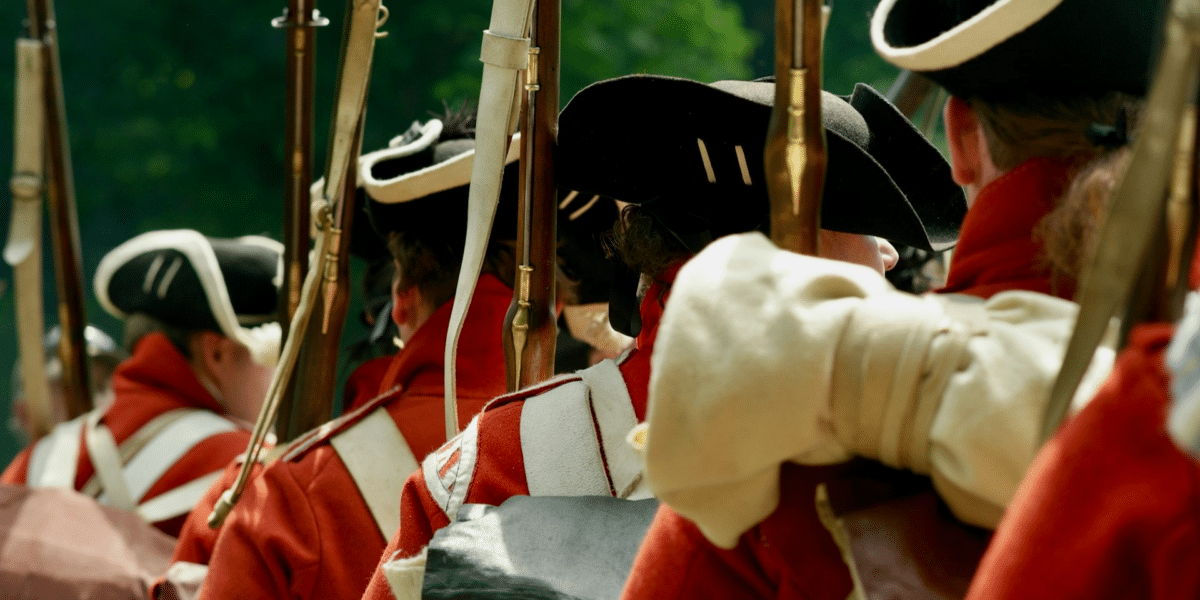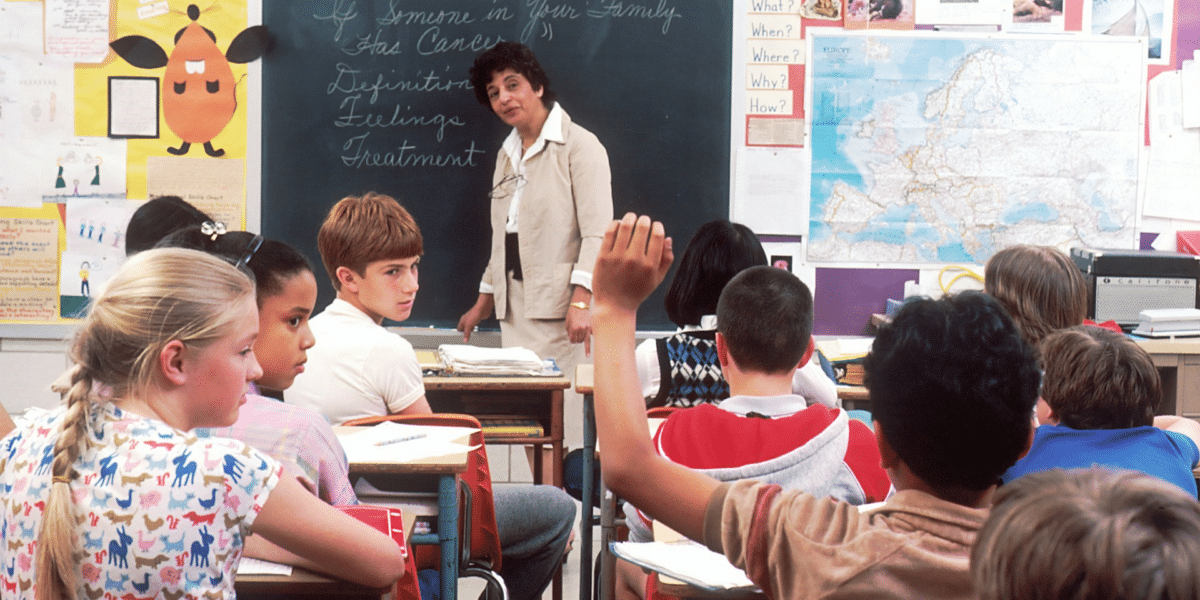Exploring the Joys of Gardening in Virginia: Tips, Tricks, and Benefits for Green Thumbs
Gardening in Virginia offers a rewarding and fulfilling experience for enthusiasts of all ages and skill levels. With its diverse climate, fertile soil, and rich gardening traditions, the Old Dominion State provides an ideal environment for cultivating a wide variety of plants, flowers, fruits, and vegetables. Whether you’re a seasoned gardener or just starting out, there’s something magical about getting your hands dirty and watching your garden come to life. Let’s explore the joys of gardening in Virginia, along with some tips, tricks, and benefits for green thumbs.
Embracing Virginia’s Climate and Growing Conditions
Virginia’s climate varies widely from the mountains to the coast, with four distinct seasons that offer unique challenges and opportunities for gardeners. In the eastern part of the state, the climate is generally mild and humid, while the western part experiences cooler temperatures and more pronounced seasonal changes.
When planning your garden in Virginia, it’s essential to consider your local climate and growing conditions. Choose plants and varieties that are well-suited to your region’s climate, soil type, and sun exposure. For example, heat-tolerant annuals like marigolds and zinnias thrive in Virginia’s hot and humid summers, while cool-season crops like lettuce and spinach flourish in the milder temperatures of spring and fall.
Selecting the Right Plants for Your Garden
With its diverse geography and microclimates, Virginia offers endless possibilities for gardeners to experiment with a wide range of plants and flowers. From colorful perennials and native wildflowers to hardy shrubs and fruit-bearing trees, there’s no shortage of options to choose from when designing your garden.
When selecting plants for your Virginia garden, consider factors such as sunlight, soil moisture, and space constraints. Choose varieties that are well-suited to your growing conditions and have a proven track record of success in Virginia’s climate. Additionally, consider incorporating native plants into your garden design, as they are adapted to the local environment and provide important habitat and food sources for native wildlife.
Tips for Successful Gardening in Virginia
While gardening in Virginia can be a rewarding and enjoyable hobby, it also requires careful planning, maintenance, and attention to detail to ensure success. Here are some tips to help you get the most out of your garden:
- Soil Preparation: Start by testing your soil to determine its pH and nutrient levels. Amend the soil as needed with organic matter such as compost or manure to improve fertility and drainage.
- Watering: Proper watering is essential for healthy plant growth, especially during hot and dry periods. Water deeply and infrequently to encourage deep root growth and minimize evaporation.
- Mulching: Mulching helps retain moisture, suppress weeds, and regulate soil temperature in your garden. Use organic mulches such as straw, wood chips, or shredded leaves to provide a protective layer around your plants.
- Pest and Disease Management: Keep an eye out for common garden pests and diseases, such as aphids, caterpillars, and fungal infections. Use integrated pest management techniques, such as hand-picking, companion planting, and biological controls, to minimize damage to your plants.
- Seasonal Maintenance: Regularly prune, deadhead, and fertilize your plants to promote healthy growth and flowering. Remove spent blooms and foliage to prevent disease and encourage new growth.
Health and Wellness Benefits of Gardening
In addition to providing beauty and enjoyment, gardening offers a wide range of health and wellness benefits for both body and mind. Spending time outdoors in the fresh air and sunshine can boost mood, reduce stress, and improve mental well-being.
Moreover, gardening is a physical activity that provides exercise for the body and promotes flexibility, strength, and endurance. Whether you’re digging, planting, or weeding, gardening engages multiple muscle groups and burns calories, making it an excellent form of low-impact exercise for people of all ages.
A Wealth of Opportunities
In conclusion, gardening in Virginia offers a wealth of opportunities for enthusiasts to connect with nature, cultivate beauty, and reap the rewards of their labor. Whether you’re growing flowers, fruits, vegetables, or herbs, there’s something uniquely satisfying about nurturing plants and watching them thrive in your garden.
By embracing Virginia’s climate and growing conditions, selecting the right plants for your garden, and following best practices for soil preparation, watering, and maintenance, you can create a vibrant and productive garden that brings joy and fulfillment year-round. So roll up your sleeves, grab your trowel, and get ready to experience the joys of gardening in the beautiful state of Virginia!













